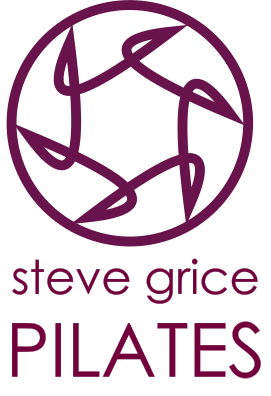Why Pilates?
6 reasons why Pilates will make your life better
When you’ve had a hard day at work and the gym seems like a chore, there’s one activity which will make you feel relaxed, elated and in seriously fit shape.
Pilates isn’t just a celebrity fad. It really works. And here’s why…
1 Say goodbye to stress
Pilates has grown in popularity in the UK for a number of reasons.
- You feel – and see – results quickly, which provides great motivation to keep coming.
- It’s a full body workout. Not only can you feel the exercises working, but you feel great afterwards
- It’s also time-efficient – you can be in, worked out and out again in just over an hour.
- And last, but not least, it’s a great stress-buster. Whether first thing in the morning or after a long day at work, Pilates provides a great escape in a fun, small group environment.’
2 Arms like an A-lister
Celebrities consistently credit Pilates as the reason for their toned muscles. Given that the stars often have to plan their days down to the last minute – what with all their photoshoots, interviews, meetings, Pilates fits easily into their day. And not only is it a hugely efficient full-body workout, it has many additional benefits, too. It builds longer, leaner muscles It improves core strength, flexibility and balance, and corrects posture – making you stand taller and look slimmer!’
3 Exercise without the fuss
When going to the gym fills you with dread and you keep putting it off, Pilates lets you tailor your workouts and even complete sessions at home.
4 It can help you stay in shape
Pilates and cardiovascular exercise burn calories and will you to maintain your shape.
5 No poor posture here, folks
Pilates can help you improve your posture Pilates programmes are praised by everyone from athletes to office workers for their ability to develop strength and correct posture in the key areas of the hips/lower back, upper back and neck – basically counteracting the effects of slouching.
Classes will also focus on the areas that people need to work on, namely releasing the typically overactive areas of the chest, upper shoulders, thoracic spine (upper back) and hip flexor muscles as well as activating and strengthening the gluteals, abdominals and shoulder stabilisers. We activate these muscles in isolation and then progressively work them in more compound and dynamic functional movements (movements that you are likely to perform during your daily life). ‘All of this significantly improves dynamic stability – the ability of the body to hold itself in better alignment for longer, maintaining upright posture, stability and responsiveness.’
6 A life free from back pain. Hurrah!
Pilates was initially developed as a rehabilitative tool. Joseph Pilates was a German gymnast, born in 1883, who dedicated his life to teaching his exercising techniques, believing that poor posture goes hand-in-hand with poor health. He believed that by having awareness of breath and of alignment of the spine, we can strengthen the deep torso and abdominal muscles, and reduce stress. Bingo.
Extracted/edited from a Marie Claire Article By Rebecca Martin, August 28, 2014,
